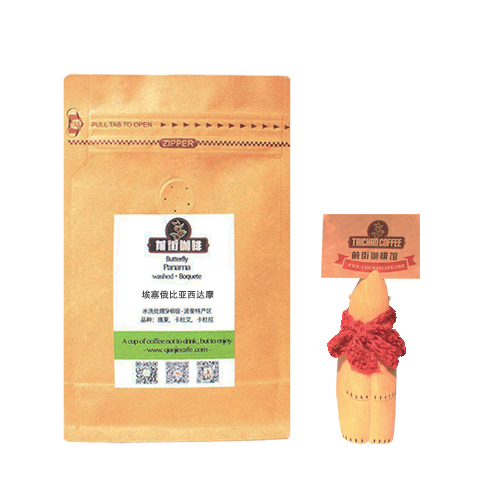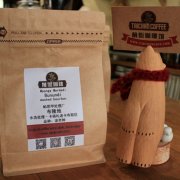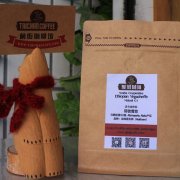Ethiopian Sidamo Coffee beans Sun Fine Coffee Coffee Sidamo Guji single Coffee beans

Factory name: Qianjie Cafe address: No. 10 Baoqian Street, Yuexiu District, Guangzhou City, contact: 38364473 ingredients Table: self-baking shelf life: 90 net content: 227g packaging: bulk taste: mellow coffee beans ripe degree: coffee cooked beans contain sugar: sugar-free origin: Ethiopian coffee types: other roasting degree: light roasting
Country: Ethiopia
Producing area: Shaqisuo producing area in Guji region
Altitude: 1800-2000
Treatment: elevated bed solarization
Variety: local native species Heirloom
Producer: local small farmers
Flavor: lemon, mango, blueberry, wine aroma
The coffee flavor of Sidamo is very diverse, because of the different soil composition, regional microclimate and countless native coffee varieties, the coffee produced in each urban area has obvious differences and characteristics. The Sidamo producing area (Sidama) is located in southern Ethiopia. The industry here is dominated by agriculture, and the coffee-growing area is located around the East African Great Rift Valley (Great Rift Valley).
Shakisso is located in the southern part of Guji and Oromia, adjacent to Sidama and Gedeo. There are many pits in this area, which were used to mine gold in the early days, so there are many potholes in this coffee growing area. This makes people dangerous when walking between coffee growing areas. Shakiso is a unique producing area of Guji / Cedamori, and even in Cedar Morri is a remote area far from most coffee producing areas, and another famous local product is gold ore. Miners, land, ethnicity and other factors also destabilized the region in 2006. As a result, the biggest problem facing the region now is that ─ needs manpower to maintain the growing area and harvest coffee. Local small farmers began growing organic coffee in 2001 and work closely with medium-sized coffee producers because they are familiar with how to grow forest coffee in the highlands.
Shakisso/Shakiso 's coffee is quite unique, and the coffee it produces has repeatedly attracted market attention. The original meaning of Ninety Plus's legendary bean (nekisse) is from Shaquiso's Nectar from shakisso, and its producing area and name are all from Shaquiso Shakisso.
Important Notice :
前街咖啡 FrontStreet Coffee has moved to new addredd:
FrontStreet Coffee Address: 315,Donghua East Road,GuangZhou
Tel:020 38364473
- Prev

Burundi Burundi Bulundi Champion processing Plant Water washing bourbon Fine Coffee beans in Kayanza Province
Taste: citrus acidity, lemon, orange, almond aromas, tangerine peel aromas, clean, round and balanced with a long finish. Factory name: Dazhen Coffee Qianjie Cafe location: Guangzhou Baoqian Street 10 manufacturer contact Information: 38364473 ingredients Table: self-baking shelf life: 90 net content: 227g packaging: raw and ripe coffee beans in bulk: whether coffee beans contain sugar: sugar-free production
- Next

Essel sun Yega Xuefei G1 Jietipu Waka processing plant 2017 boutique coffee beans
Factory name: Dazhen Coffee Qianjie Cafe location: No. 10 Baoqian Street, Yuexiu District, Guangzhou City, manufacturer contact: 38364473 ingredients Table: self-baking shelf life: 90 net content: 227g Packaging: raw and ripe coffee beans in bulk: whether coffee beans contain sugar: sugar-free origin: Ethiopian coffee types: Yega Seifei coffee roasting degree: light roasting country: Ethiopia
Related
- Detailed explanation of Jadeite planting Land in Panamanian Jadeite Manor introduction to the grading system of Jadeite competitive bidding, Red bid, Green bid and Rose Summer
- Story of Coffee planting in Brenka region of Costa Rica Stonehenge Manor anaerobic heavy honey treatment of flavor mouth
- What's on the barrel of Blue Mountain Coffee beans?
- Can American coffee also pull flowers? How to use hot American style to pull out a good-looking pattern?
- Can you make a cold extract with coffee beans? What is the right proportion for cold-extracted coffee formula?
- Indonesian PWN Gold Mandrine Coffee Origin Features Flavor How to Chong? Mandolin coffee is American.
- A brief introduction to the flavor characteristics of Brazilian yellow bourbon coffee beans
- What is the effect of different water quality on the flavor of cold-extracted coffee? What kind of water is best for brewing coffee?
- Why do you think of Rose Summer whenever you mention Panamanian coffee?
- Introduction to the characteristics of authentic blue mountain coffee bean producing areas? What is the CIB Coffee Authority in Jamaica?

